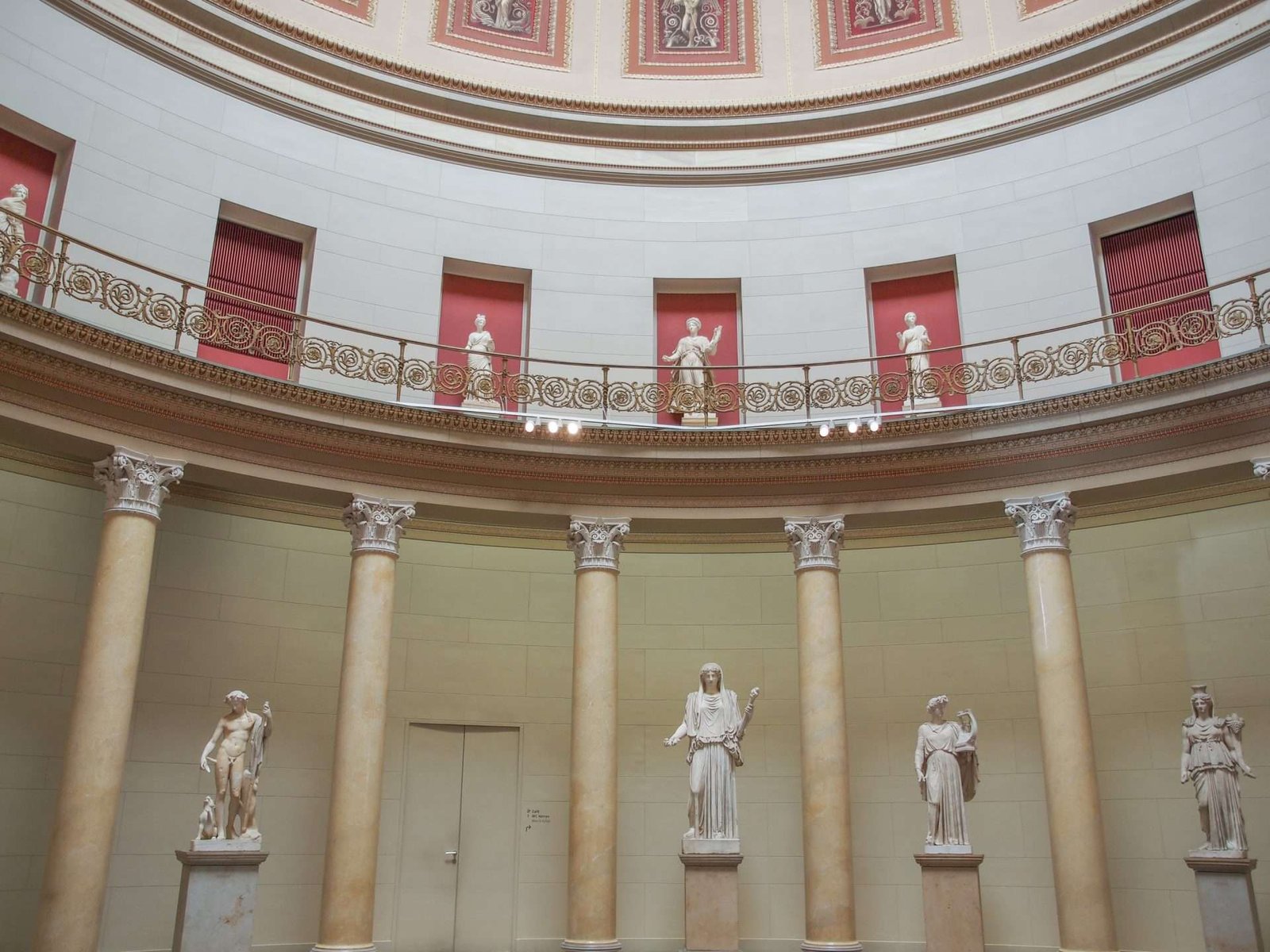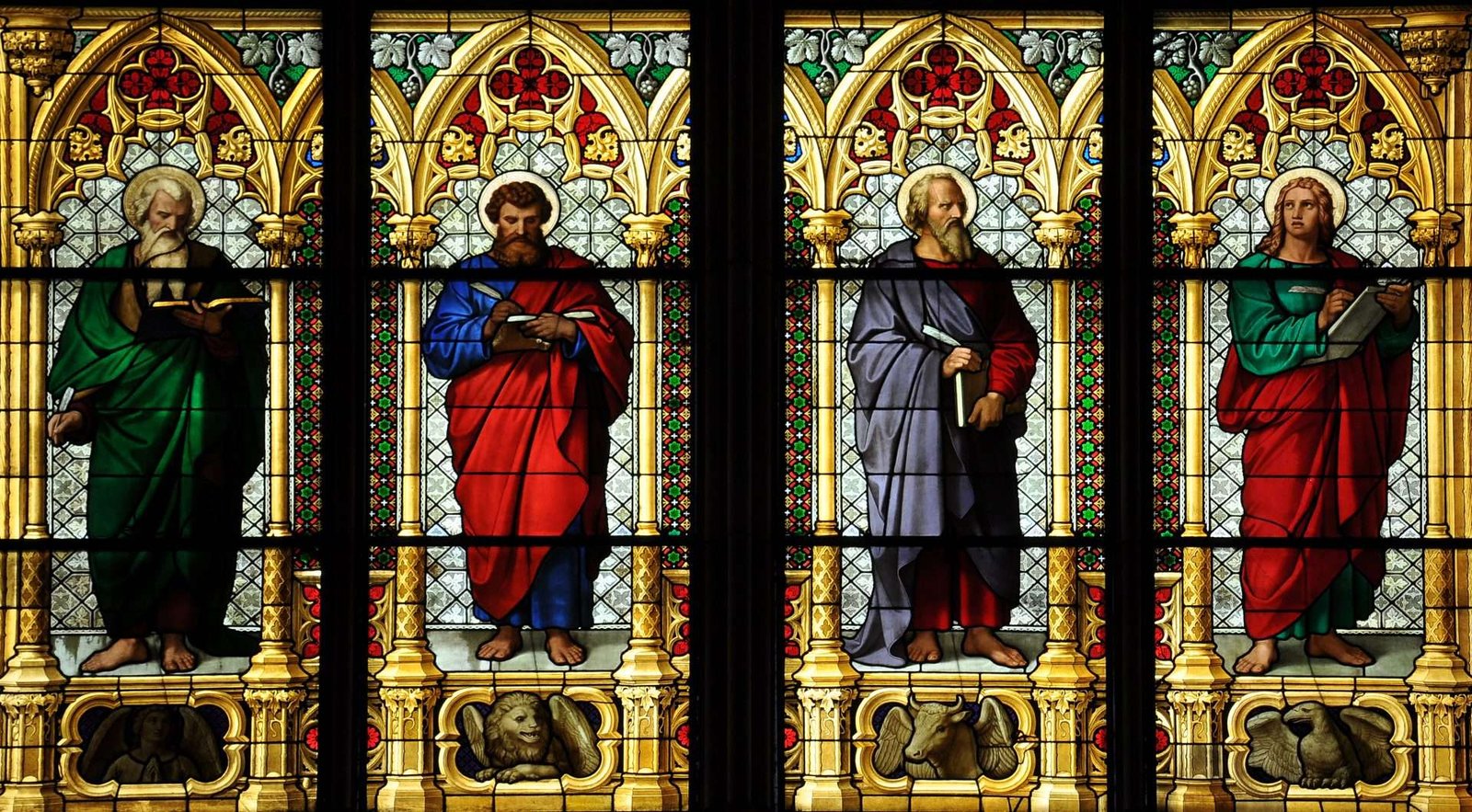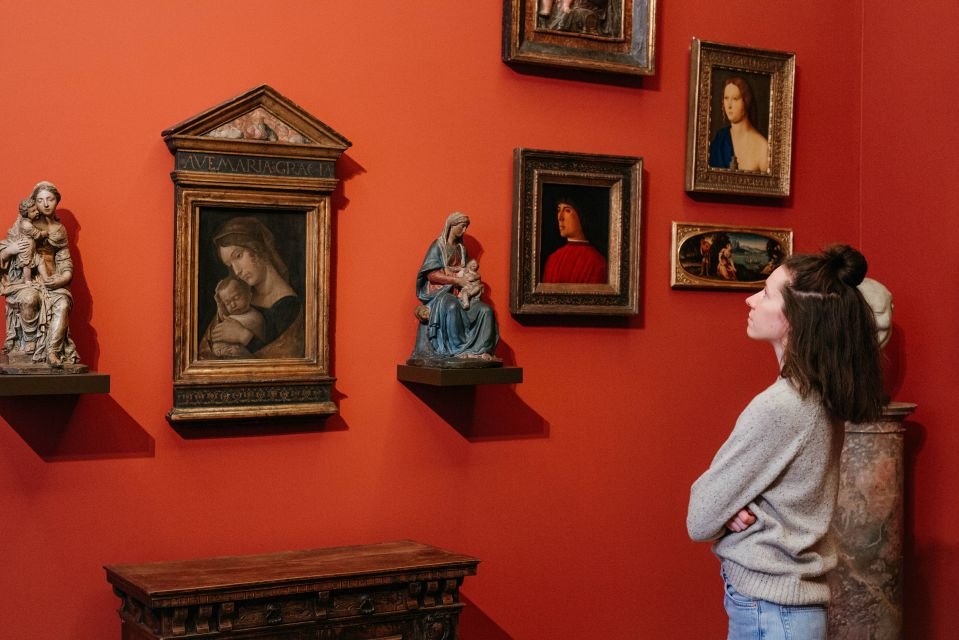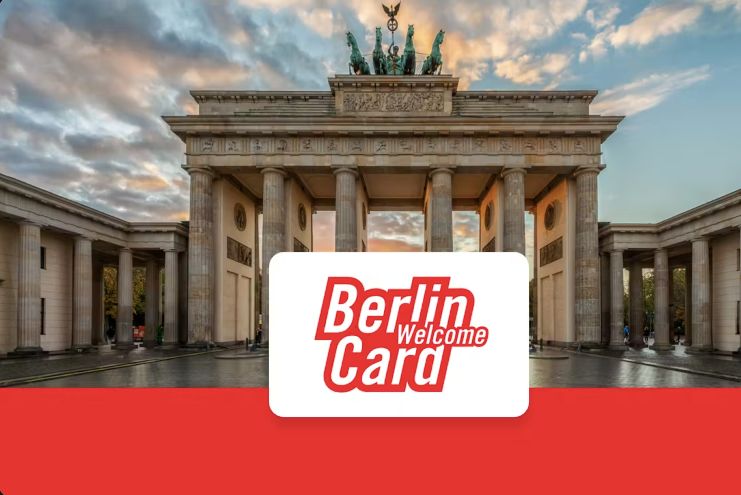BODE MUSEUM BERLIN
Find here important information to plan your visit, including the historical and architectural side, collection and opening hours.
HISTORY / ARCHITECTURE
The Historical Journey of the Bode Museum Berlin
The Bode Museum is an art museum located within a historically protected building in the northern part of Berlin's Museum Island. It was first opened in 1904 under the name Kaiser Friedrich (the name of Empress Victoria’s deceased husband) Museum. Max Hasak built the museum between 1897 and 1904 to house Wilhelm von Bode's original sculpture and painting inventory.
The Bode Museum in Berlin, for the first time, brought together a collection of artworks consisting of paintings and sculptures that were considered "high arts" at the time, entirely different from traditional museums, and introduced them to the public.
This valuable museum on Museum Island in Berlin houses a first-class collection of sculptures and medals, coin galleries [The Münzkabinette], Byzantine art, and many artifacts found in archaeological excavations in Anatolia.
During World War II, the Bode Museum was damaged, and some sections were reconstructed. After approximately six years of restoration work, it was reopened on October 17, 2006. Since then, the museum's name was changed in honor of one of its founders, Wilhelm von Bode.
The Bode Museum Berlin Building's Architectural Side
With its magnificent dome, the neo-baroque structure immediately catches your eye. It is worth seeing and has a stunning baroque architectural style.
In order to make the building look as if it were rising out of the water, the architect (Chief Architect Ernst von Ihne) grouped the three-winged building around several inner courtyards directly on the banks of the Spree.
During World War II, the building suffered major damage, particularly in the area of the dome. Beginning in the 1950s, the building was gradually rebuilt and put into operation.
The Bode Museum's Collections (Permanent Exhibition)
The Bode Museum, located in the Berlin Museum Island and known for its magnificent architectural structure, hosts two collections: the Sculpture Collection and the Museum of Byzantine Art and Münzkabinett (Numismatic Collection).
The collections in the Bode Museum are geographical and chronological. The first floor of the museum exhibits Byzantine and Gothic art of Europe, while the second floor showcases Renaissance and Baroque art.
Let's get to know these three collections more closely!
1. The Sculpture Collection and the Museum of Byzantine Art:
In this section of the Bode Museum, you will see one of the world's largest sculpture collections. The collection includes captivating works such as Donatello's 'Pazzi Madonna' and Antonio Canova's 'Dancer'.
In the Bode Museum's Byzantine art section, you will see ancient and Byzantine art pieces dating from the 3rd to the 15th century. You will be captivated by the pre-Christian and Christian sarcophagi from Rome, as well as the figurative and decorative sculptures from the Eastern Roman Empire. You will also encounter elegant ivory carvings and mosaic icons in this section.
2. Münzkabinett (Numismatic Collection):
The "Münzkabinett" means Coin Cabinet. In this section, you will find more than half a million objects on display. One of the world's most important coin collections can be found at the Bode Museum. In addition to coins, it also houses seals, tokens, and minting tools. It showcases the period from the 7th century BC when coins were first minted to the modern-day euro coins.
Highlights of the collection
- The relief of the Pazzi Madonna by Donatello
- Bernini's "Satyr with Panther”
- Tilman Riemenschneider's "Four Evangelists“
- Ancient sarcophagi from Rome as well as mosaic icons





Bode Museum Berlin Tickets & Tours
Visit the Bode Museum on Berlin Museum Island and marvel at the Museum of Byzantine Art and the Sculpture Collection. Explore the Münzkabinett, one of the largest coin collections in the world.
€ 12.00
Enjoy free entry to the top attractions and discounts at restaurants with the Berlin WelcomeCard. Travel the city on a hop-on hop-off bus for free, and save up to half price on certain activities.
€ 105.00
€ 12.00
Explore Berlin with the Berlin WelcomeCard with exclusive access to the 5 museums on Berlin’s Museum Island and free transport in AB and ABC zones.
€ 54.00

Plan Your Visit to the Bode Museum Berlin
Location
Am Kupfergraben, 10178 Berlin
Getting to Bode Museum Berlin
- S-Bahn: Friedrichstraße, Hackescher Markt
- U-Bahn: Friedrichstraße
- Tram: Am Kupfergraben, Hackescher Markt
- Bus: Staatsoper, Lustgarten, Friedrichstraße
Opening Hours
- Mon closed
- Tue: 10:00 am - 06:00 pm
- Wed: 10:00 am - 06:00 pm
- Thu: 10:00 am - 06:00 pm
- Fri: 10:00 am - 06:00 pm
- Sat: 10:00 am - 06:00 pm
- Sun: 10:00 am - 06:00 pm
Things to Know Before Visiting the Bode Museum Berlin
Frequently Asked Questions About Bode Museum in Berlin
Max Hasak built the Bode Museum, located at the northern end of Museum Island, between 1897 and 1904 to house Wilhelm von Bode's original sculpture and painting inventory, which extended to the Brandenburg Electors' Kunstkammer.
The Bode Museum was built by Ernst von Ihne and Max Hasak between 1897 and 1904. The establishment of this precious museum, located on Museum Island, is based on the art historian Wilhelm von Bode's dream of building an art museum. >Detailed information about Building's Architectural Side
The signature works that you can see at the Bode Museum are as follows. >Detailed information about the Bode Museum
- The relief of the Pazzi Madonna by Donatello
- Bernini's "Satyr with Panther”
- Tilman Riemenschneider's "Four Evangelists“
- Ancient sarcophagi from Rome as well as mosaic icons
It is recommended to allocate a minimum of 2 hours to visit the Bode Museum. This suggested time frame may vary depending on how you wish to explore the museum. You can find information about guided tours at the Bode Museum here. If you prefer to explore the historical artifacts alone, audio-guided tours can shed light on your visit. >Information about the best time slot for Bode Museum





